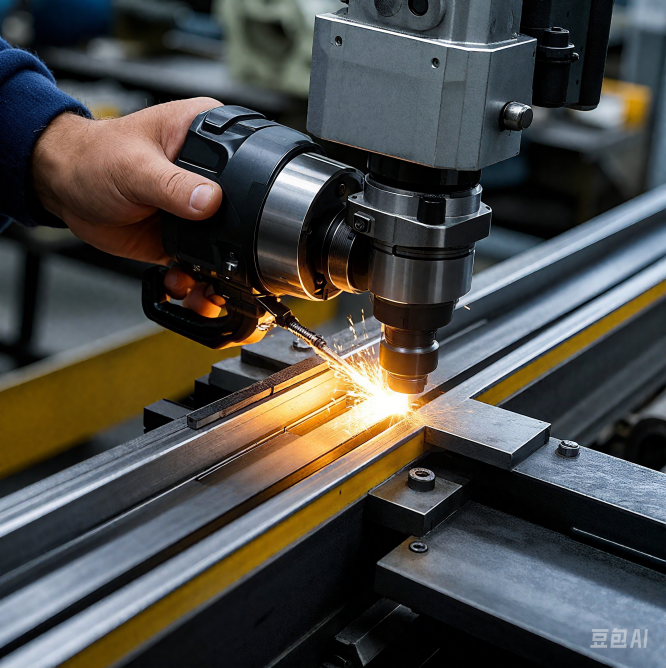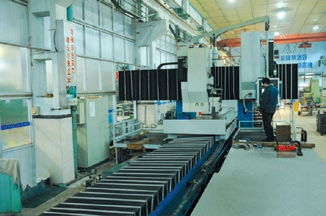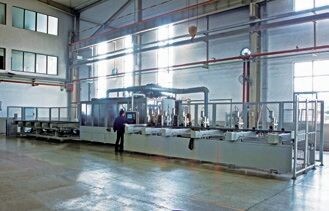Linear Guideway Machining Accuracy Control т Precision Manufacturing Begins at the Micron Level
In the manufacturing of linear guideways, precision control is the key to delivering high-performance motion systems. As a core enterprise in the guideway production industry, we uphold the philosophy that "precision defines quality." Relying on advanced equipment and systematic processes, we have established a highly efficient and stable system for precision machining and quality control of guideways.
фИ. High-Standard Definitions of Guideway Accuracy
We treat the geometric precision and surface quality of guideways as primary control targets throughout the entire production process. Our system focuses on five critical accuracy parameters:
Straightness Tolerance
Typically controlled within 3 ЮМm/m, with precision-grade guideways reaching as low as 1 ЮМm/m.
Flatness and Side Perpendicularity
Ensures consistent alignment and smooth movement when paired with sliders.Surface Waviness and Roughness
Controlled to Ra тЄ 0.2 ЮМm, exceeding common industry standards for smoother motion and longer wear life.Symmetry and Centerline Tolerance
Affects load distribution and dynamic stability of the entire guideway system.Mounting Hole Positional Accuracy
Guarantees quick and precise positioning during system integration and replacement.
Every guideway undergoes full geometric inspection and assembly verification before shipment to ensure seamless integration and performance consistency from the factory floor to the final application.
фК. End-to-End Precision Machining System
1) Advanced High-Precision Equipment
We utilize a full suite of imported precision machinery from Germany, Switzerland, and Japan, including CNC guideway grinders, double-sided milling machines, and laser length measurement systems. These enable micron-level control throughout the manufacturing process:
CNC high-precision grinding machines ensure consistent straightness and flatness of guideway surfaces
Three-axis automated measurement platforms provide real-time dimensional feedback

Temperature-controlled machining environment (maintained at 20тЏТБтЏ1ТАC) minimizes thermal deformation effects and enhances machining consistency
2) Multi-Stage Machining & Stress Relief Processes
Our manufacturing workflow follows a тrough-to-finish separation, multi-stage temperingт methodology:
Post-rough machining intermediate aging process to release internal stresses
Secondary grinding and dimensional inspection prior to finish machining

Post-finish low-temperature stabilization treatment to ensure long-term dimensional integrity
This "stepwise stress relief + high-precision correction" approach effectively prevents deformation due to residual stress accumulation, delivering superior stability and precision in the final product.